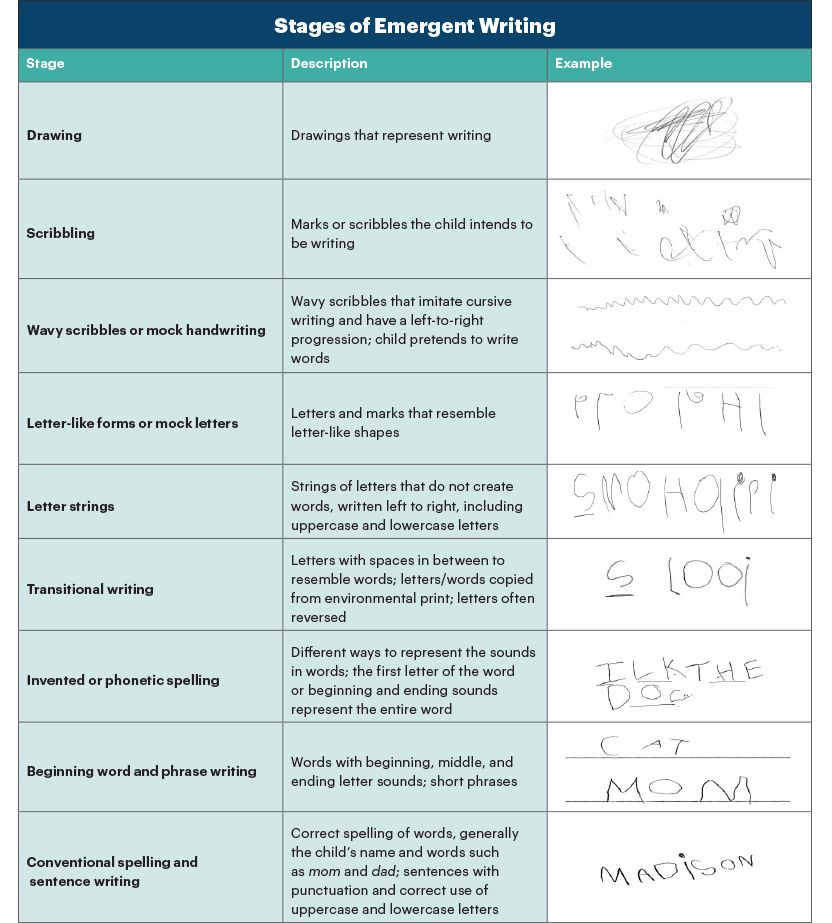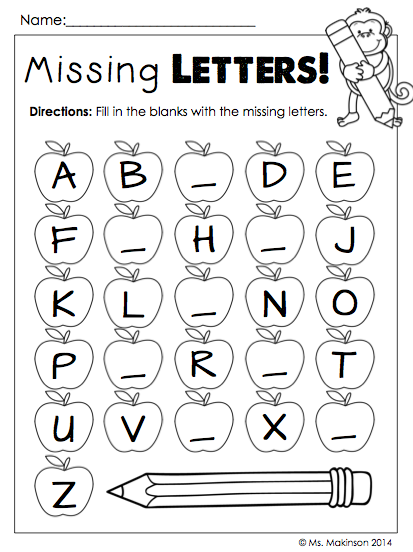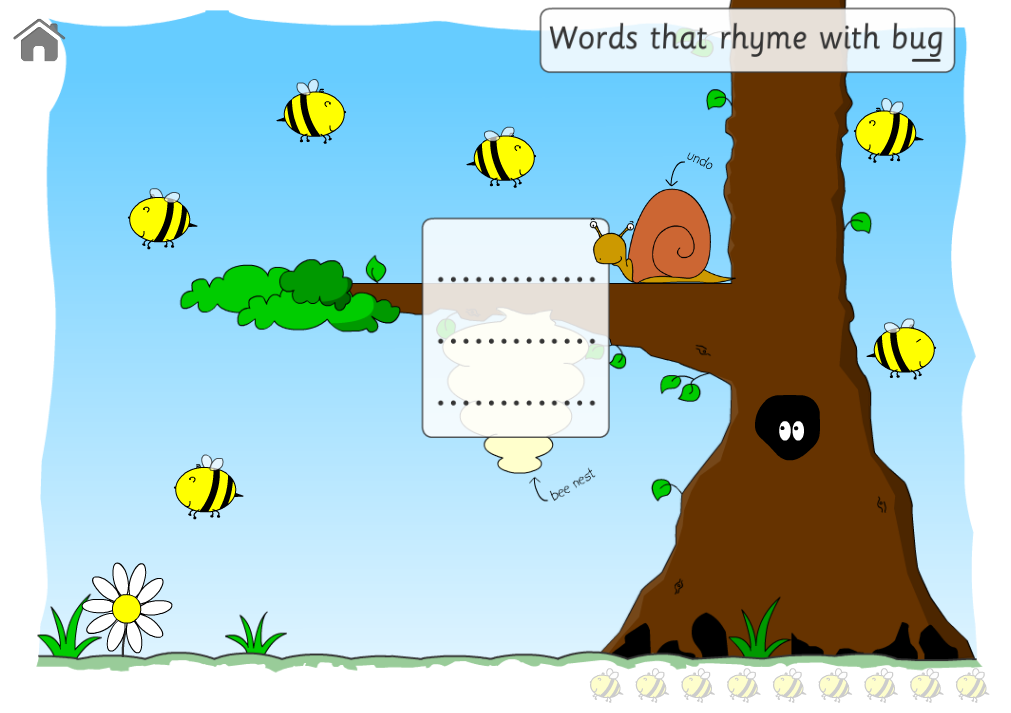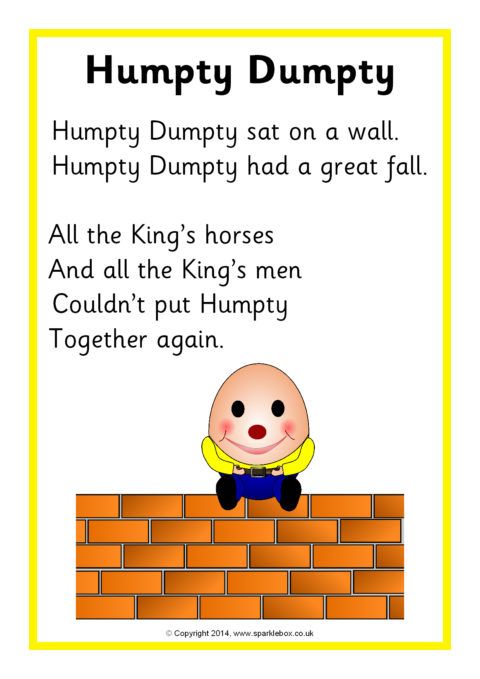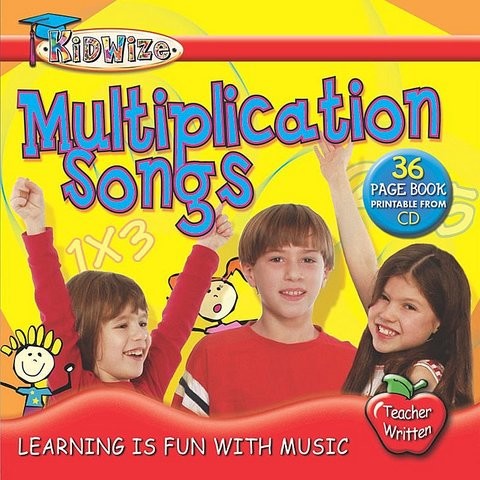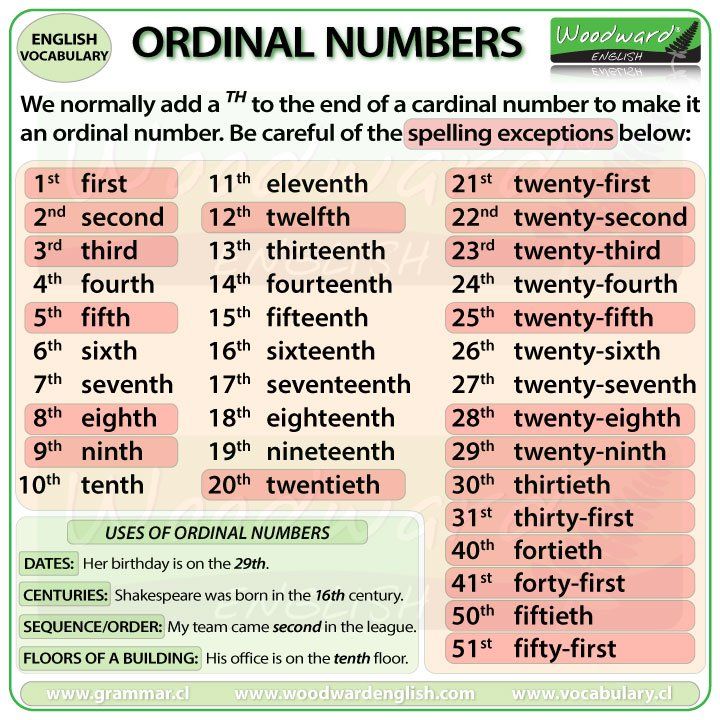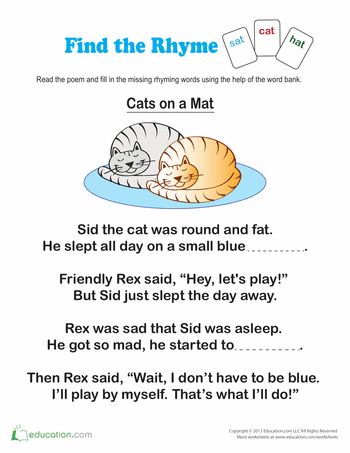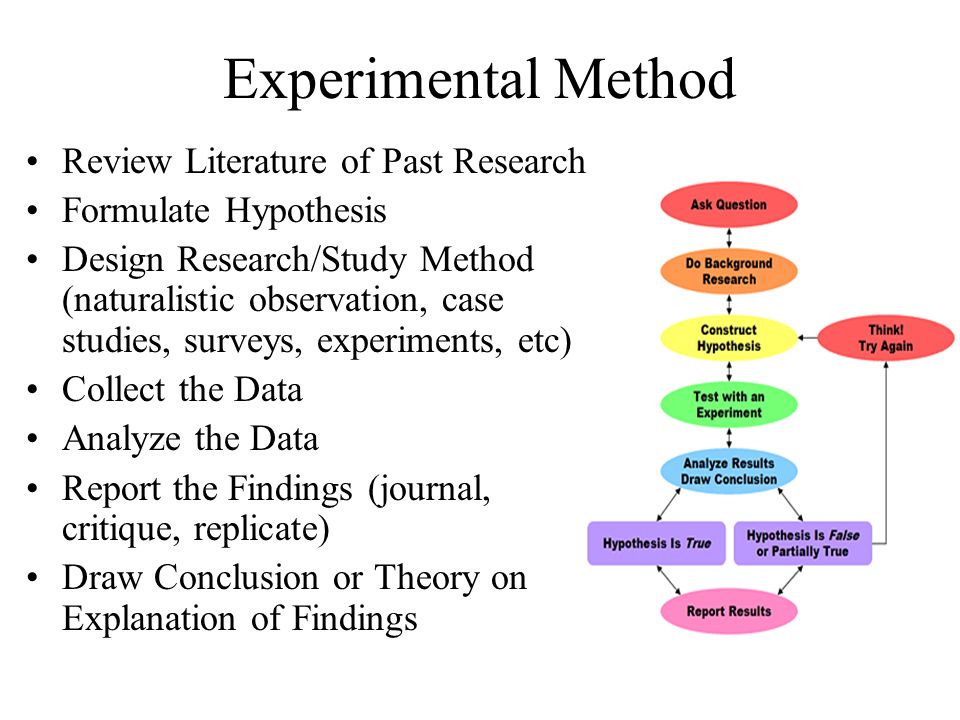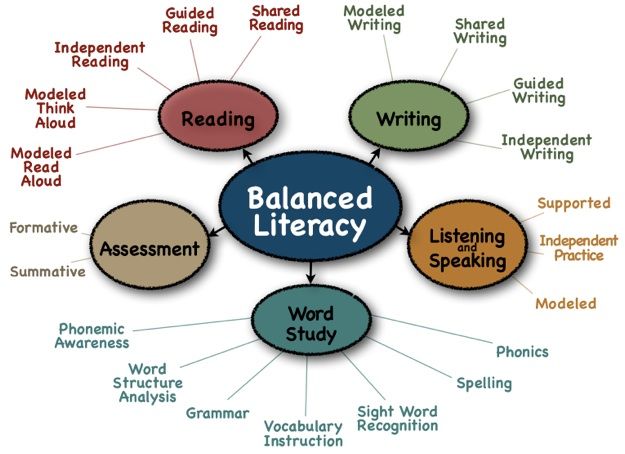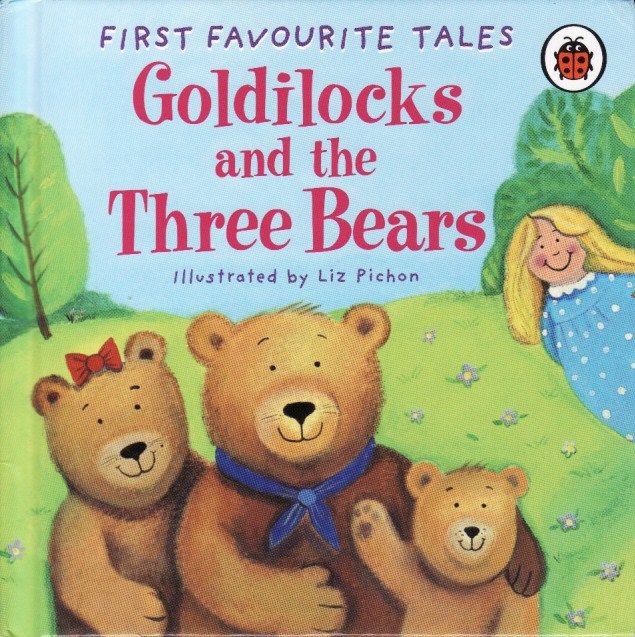Developmental stages of writing
The stages of writing development and how to teach your child to write. Find out what writing skills your child will learn and when they happen. Get easy suggestions on helping your child stay on track and learn to write.
How writing develops
There are four stages that kids go through when learning to write: preliterate, emergent, transitional, and fluent. Knowing which stage your child is in – whether he's scribbling in the preliterate stage or using "dictionary-level" spelling in the fluent stage – can help you support his writing development. Your child's ability to write is dependent on his ability to master a wide variety of literacy skills including recognizing letters, interpreting sounds, and print awareness, such as the spacing of words.
Children love expressing their thoughts and ideas verbally. Putting those thoughts on paper (writing) happens in stages that kids work through at their own pace. Any ages mentioned below are "typical ranges" and should be used as general indicators. And remember: No two kids are the same. Some will develop writing skills quickly; for others, it will take longer. If you're concerned about your child's progress when it comes to writing, speak to his pediatrician or teacher.
Preliterate stage: Scribbling is good (0 to 2 years)
In the first stage of writing development, any scribbling or drawing a child does is writing. As they watch you and other grown-ups write, young kids are encouraged to pick up crayons and start scribbling. This kind of pretend play shows that your child is thinking, "I'm a writer, too!"
It's a milestone moment when a child realizes her ideas can exist as writing. You'll know this is happening when you see her scribbling or drawing while saying words or telling a story. During this stage, applaud any and all attempts to write.
Tips for the preliterate stage
A great way to encourage your child as a writer – even in this early stage – is to say, "Tell me what you wrote.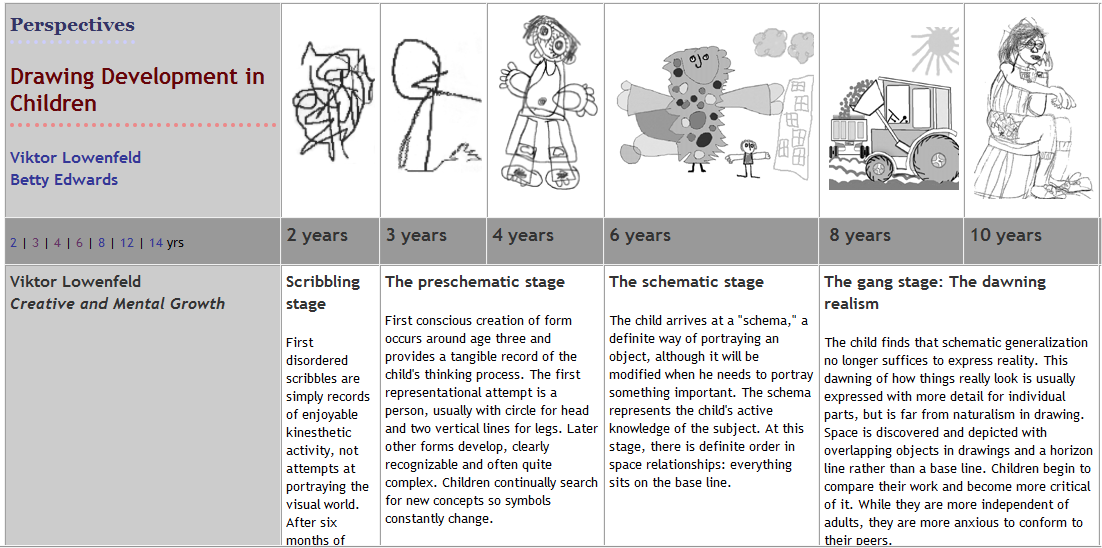 " Kids love sharing their stories, and you'll delight in hearing the often-elaborate and fantastical thoughts that are behind those simple scribbles.
" Kids love sharing their stories, and you'll delight in hearing the often-elaborate and fantastical thoughts that are behind those simple scribbles.
Keep paper and crayons or markers easily accessible so your child can start writing when inspiration strikes. Pens and pencils are fine too, but young children often have an easier time holding thicker writing tools.
You can also encourage your child by writing notes to her. A simple one that reads, "I love you!" waiting at the breakfast table can inspire a note in return.
Emergent stage: Letters appear in writing (2 to 4 years)
Is your child scrawling lots of random letters on a page? That's excellent! This means he is in the second stage of writing development, which usually happens between the ages of 2 and 4. Kids in this stage are taking the big step from scribble writing to appreciating that the "scribbles" grown-ups use for writing are symbols called letters. They're not quite matching letters to sounds – at least not consistently – but they are beginning to understand that letters play a special role in writing.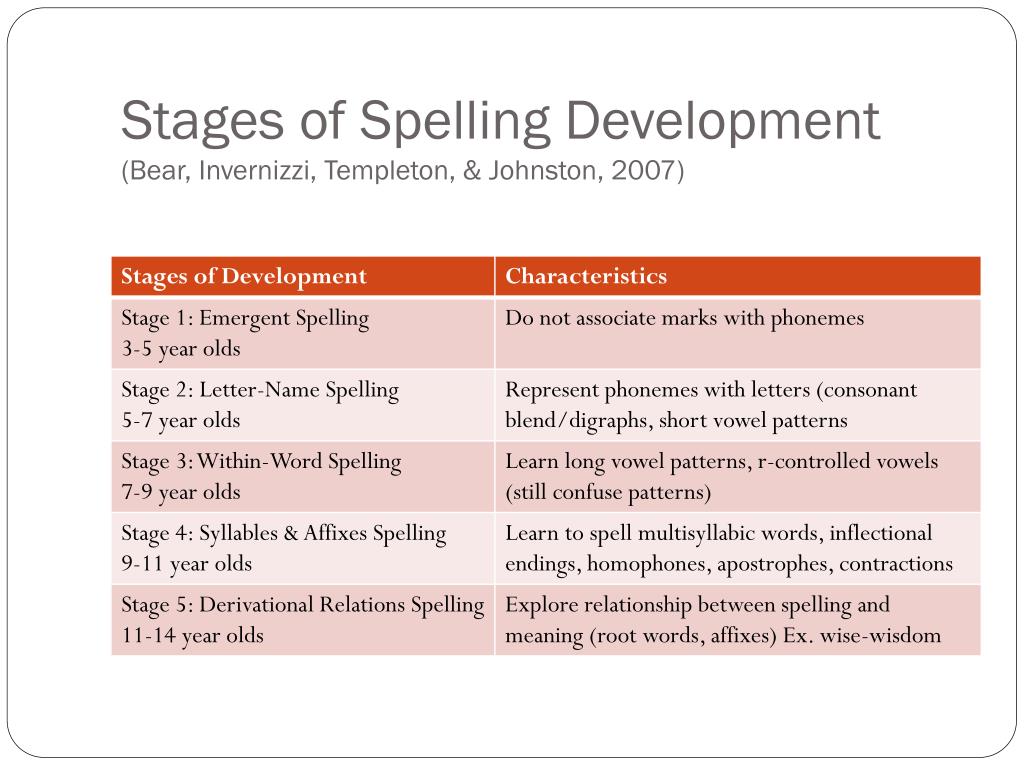 At the start of this stage, children might still use other symbols like drawings or squiggles. As they progress, kids start to use only letters and will firmly declare that they are writing.
At the start of this stage, children might still use other symbols like drawings or squiggles. As they progress, kids start to use only letters and will firmly declare that they are writing.
Advertisement | page continues below
Tips for the emergent stage
Teaching your child to write his name helps him understand that letters are used to make words. It also encourages the move from scribble writing to using letters as symbols. Once that's mastered, you can move on to teaching him to write words like "Mom," "Dad," and the names of other family members. Another fun idea: Make signs together for role-playing games, for example a STOP sign for when you're playing cars.
Reading is also important at this stage. A great way to encourage reading is to find time to read to your child everyday. In addition to encouraging him to love reading, reading aloud inspires his inner storyteller. He'll start to come up with his own imaginative tales.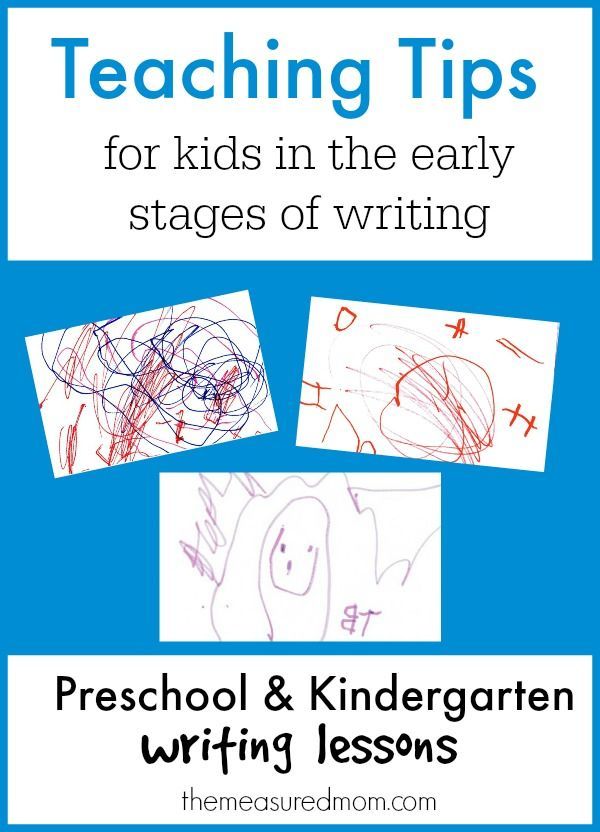 Reading aloud also reinforces the idea that words are made up of letters, and that words have specific meanings. When you read the same story over and over together, your child might begin to recognize some words. For many kids, this repetition isn't just a step toward reading but also toward writing. For example, once a child has seen the word "bug" in a story several times, he will start to recognize it. Once he recognizes it, he can move on to writing those three letters to tell his own story about bugs.
Reading aloud also reinforces the idea that words are made up of letters, and that words have specific meanings. When you read the same story over and over together, your child might begin to recognize some words. For many kids, this repetition isn't just a step toward reading but also toward writing. For example, once a child has seen the word "bug" in a story several times, he will start to recognize it. Once he recognizes it, he can move on to writing those three letters to tell his own story about bugs.
Transitional stage: Letters start to become words (4 to 7 years)
When kids start to realize that words are made up of sounds, and that letters represent these sounds, they stop using random letters in their writing. Instead, they start trying to match the sounds they hear in a word to letters they know. This cognitive leap often happens between the ages of 4 and 7.
A child might spell "My cat is happy" as "mi kat z hpe." This type of spelling is called "invented spelling. " Evidence shows that this effort to match individual sounds in words demonstrates that a child's writing and reading skills are getting stronger.
" Evidence shows that this effort to match individual sounds in words demonstrates that a child's writing and reading skills are getting stronger.
During this stage, kids often reverse letters or mix them up. It might be tempting to fix your child's mistakes, but instead focus on the fun. Mistakes like this are common at this age and are part of the learning process. Encourage your child's writing and communication, and save the spelling lessons for when she's older.
Tips for the transitional stage
Encourage your transitional writer by making writing part of pretend play. Help her write a menu for a tea party with her toys, or a prescription for you when you're playing doctor. Hold on to these little gems. You'll both enjoy trying to decipher the invented spelling in years to come.
Fluent stage: Spelling starts to have meaning (5 to 6 years)
In this stage (which usually happens between ages 5 and 6), children begin to use "dictionary" spelling rather than "invented" spelling.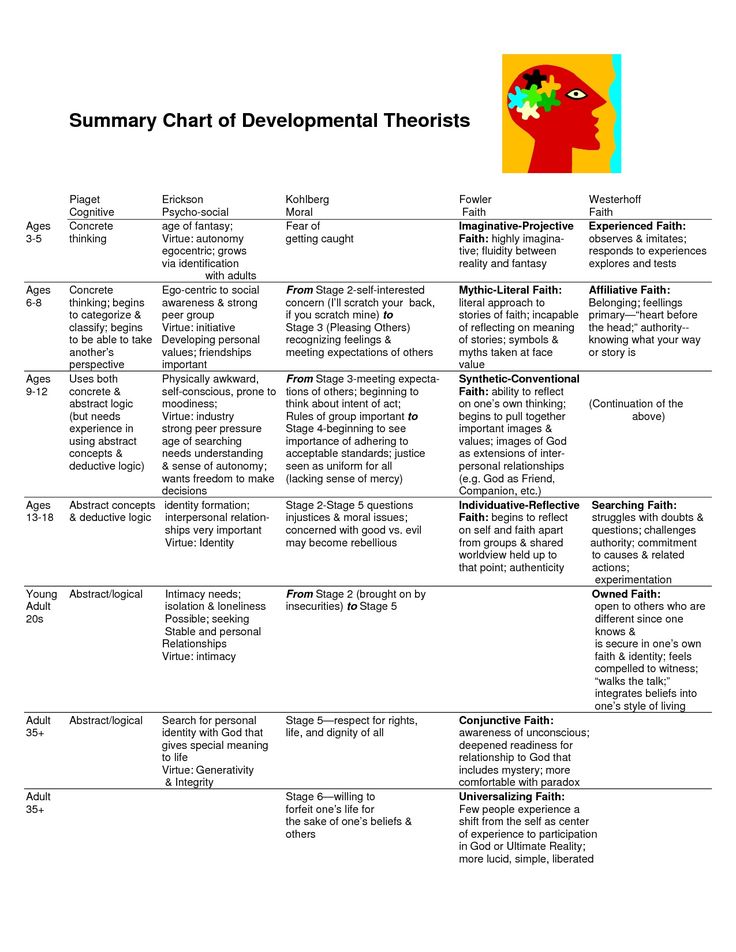 The spelling may not be accurate, but children are now aware that different spellings can have different meanings. They'll even begin to memorize some words, especially tricky but common words (like "was," "and," "the"), so that they can spell them correctly.
The spelling may not be accurate, but children are now aware that different spellings can have different meanings. They'll even begin to memorize some words, especially tricky but common words (like "was," "and," "the"), so that they can spell them correctly.
Trying to push kids to this stage too quickly can sometimes inhibit them, as they feel the demand for perfect spelling. If you feel your child is struggling with the pressure to spell perfectly, a great way to alleviate the stress is to introduce the idea of drafts. You can emphasize that a first draft is just to get ideas out, and the second draft is to check spelling.
It is also helpful for kids to begin memorizing common sight words like "was," "the," and "of." These words occur often, and the sounds do not follow the basic rules of spelling. Memorizing them makes spelling a lot easier.
Tips for the fluent stage
Encourage your child to use writing to connect with people. Try writing short letters to each other or family and friends.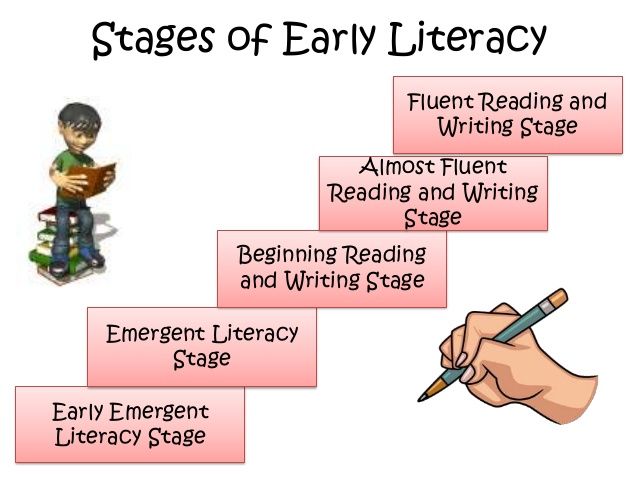 Another fun way to make writing a social activity is to write shared stories: You start by writing the first two or three lines of the story. Then, your child writes the next few. After that, someone else takes a turn, and so on.
Another fun way to make writing a social activity is to write shared stories: You start by writing the first two or three lines of the story. Then, your child writes the next few. After that, someone else takes a turn, and so on.
If your child isn't in the fluent stage and wants to play, he can dictate and you can write. Kids think of story ideas much faster than they can write them down, and this can cause frustration. When you write for your child, he gets to experience the delight of having his original stories documented. In time, his writing ability will match the speed of his thoughts. But until that happens, alleviate the frustration by offering assistance.
What writing stage is your child in? How are you supporting his writing future? Remember, each child goes through the stages of writing development at his own pace. He will move from one stage to the next as he develops a greater understanding of writing and his desire to write grows. Allowing your child to take his time going through the stages helps him stay excited about writing.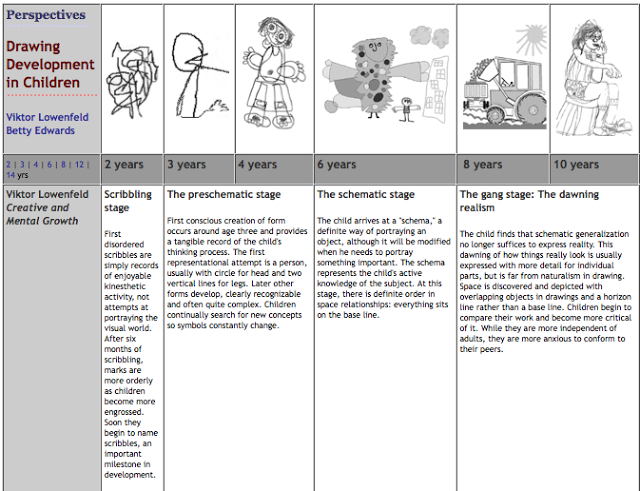 Observe, enjoy, and encourage your child's growth within each stage.
Observe, enjoy, and encourage your child's growth within each stage.
--
Is your child ready to learn to read? HOMER creates a fun, personalized learn-to-read plan based on your child's skill level and interests. It’s research-backed and kid-tested to give your child the best start to the learning journey. BabyCenter parents get the first month free (and if you choose an annual membership, up to 4 months free).
Stages of Writing Development - WriteReader
When did you learn to write? It’s hard to remember, isn’t it? It’s not just because it was so long ago but also because it didn’t happen at one exact moment in time. It happened over time. Just like their bodies, children’s knowledge and skills grow in spurts and stops, as well as sudden peaks and long plateaus.
To help and support children’s writing progression as best as possible, it’s important to understand the different writing stages. Please note that the developmental stages overlap and the age references are a generalization.
Audio storytelling (3-4 years)
- This stage is based on the spoken language and gives the youngest users the opportunity to tell stories by using the recording function.
- Parents and teachers should ’translate’ children’s audio recordings into written language by adding text to the adult text field. This gives children valuable insight into the purpose of writing, and shows similarities and differences between spoken and written language.
More stage information and inspiration
Early Emergent Writing (4-5 years)
- The first writing stage is characterized by ’scribbling,’ where children pretend that they are writing by hitting random keys on the keyboard. It also includes ’logographic’ writing of high frequency and easily recognizable words like the child’s name and text logos like LEGO, McDonald’s, and Oreo.
- Turn on the key function that provides audio support for the letter names.
 This allows children to make the connection between the letter and its name while they ’scribble’.
This allows children to make the connection between the letter and its name while they ’scribble’. - Continue to add conventional writing (’translation) in the adult writing field, which gives the child the chance to see the spelling of familiar words.
More stage information and inspiration
Emergent Writing (5-7 years)
- By now, children have gained an initial understanding of phonics, which is the correspondence between letters patterns (graphemes) and sounds (phonemes). Some of the words may have the correct initial letter and a few other letters.
- Set the audio support to letter sounds (phonemes). Continue to provide conventional writing to help the child understand the letter/sound relationship more fully.
- Children begin to make the reading-writing connection and are much more aware of embedded clues, such as picture and initial letter clues. When it comes to reading WriteReader books, be sure that they read the conventional text to recognize and learn from the correctly spelled words.
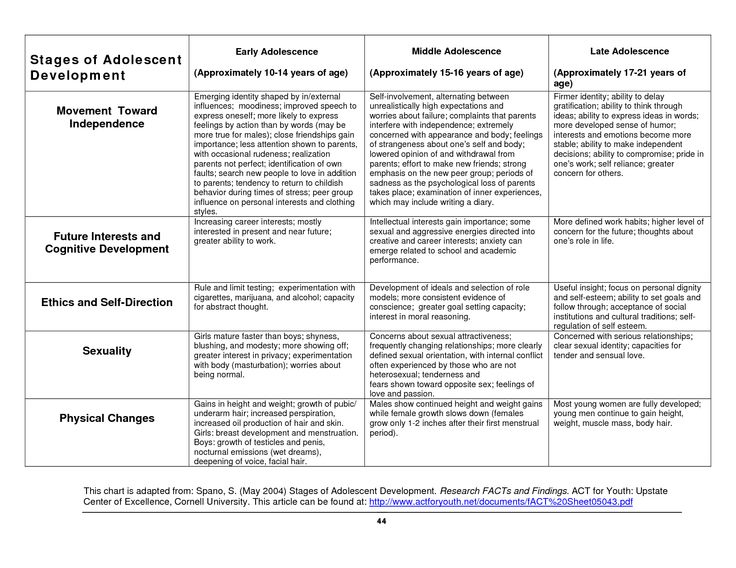
More stage information and inspiration
Transitional Writing (6-8 years)
- At this stage, there is a one-to-one relationship between the letters and sounds represented in children’s writing. For example, word like ’people’ could be spelled ’pepl’.
- Even though children’s writing has now reached a certain level where it may be able to be read by others, providing conventional writing is still very important to writing progress.
- Children will learn through comparison that many letters have different sounds and that some are silent. At the same time, children will start to notice and learn about the use of punctuation and capital letters.
More stage information and inspiration
Fluent Writing (8-10 years)
- Around this age, children start to notice and learn all the irregularities in written language. It’s the longest learning phase in writing development and can extend over several years.
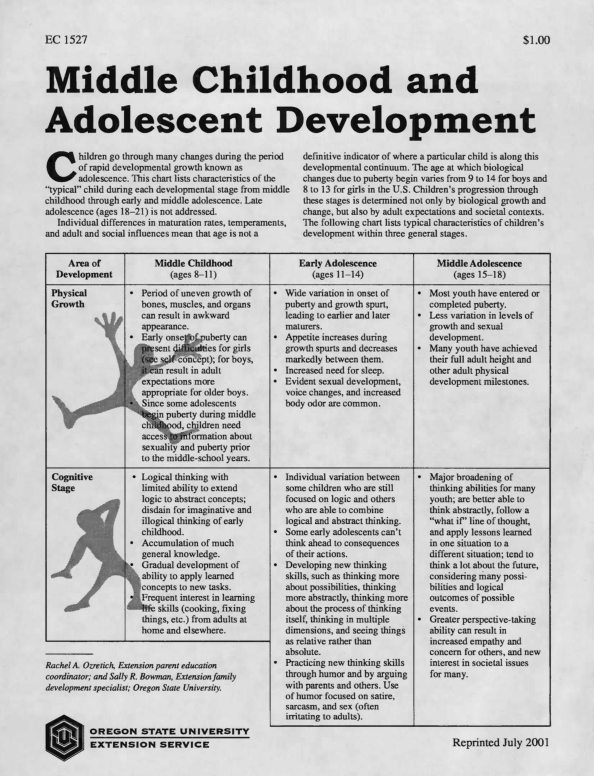
- Children can turn off the key sounds at this stage, if this support is not needed.
- When children are able to spell more than 75% of the words correctly, it no longer makes sense to ’translate’ their writing in the adult text field. Instead, the teacher/parent can try these suggestions:
- Write the misspelled words in the adult text field.
- Write a comment that can guide the children to correct themselves. For example, ’Find and correct two misspelled words’ or ’Remember to use punctuation and capital letters.’
Most importantly, give your children or students plenty of praise, encouragement, and opportunities to practice writing.
Try out WriteReader for free at app.writerader.com
4.7/5 (11 Reviews)
Share this post
Previous Post Next Post
The emergence and main stages in the development of writing.
The process of development of society at certain stages required ways of preserving and transmitting information. The first attempts at such actions can be called the beginning of the emergence of writing. An analysis of language systems in the light of the development of recording information leads to the conclusion that the development of writing occurred along different paths independently of each other. All existing writing systems, like languages, are conditional. Its quality is determined by the ability to reflect everything that we can say. The process continued for a long time and came to the present state. The formation period can be divided into the following stages.
The first attempts at such actions can be called the beginning of the emergence of writing. An analysis of language systems in the light of the development of recording information leads to the conclusion that the development of writing occurred along different paths independently of each other. All existing writing systems, like languages, are conditional. Its quality is determined by the ability to reflect everything that we can say. The process continued for a long time and came to the present state. The formation period can be divided into the following stages.
Subject letter.
When civilization arose, there was no written language. It was impossible to transmit and store information, the only place of preservation was human memory , reproduction - retelling . In the legend about King Darius about objects sent by the Scythians (a toad, a mouse, a bird and arrows) gives two interpretations. This example can be regarded as the first subject letter. This type includes methods of transmitting information among the Iroquois using sets of shells of different colors and Peruvians (the number of multi-colored knots on the strings). The imperfection of these methods led to further searches for information display options that are more universal and understandable.
This type includes methods of transmitting information among the Iroquois using sets of shells of different colors and Peruvians (the number of multi-colored knots on the strings). The imperfection of these methods led to further searches for information display options that are more universal and understandable.
Pictographic letter.
Human thought did not stand still, The next way to preserve was the method of pictographic writing. It is somewhat akin to rock art . But rock art did not reach the level of systematization and remained the first example of artistic representation. In pictographic writing, a certain sign had a certain content. The concept of a person corresponded to the sign "man". Over time, changing and concretizing, pictograms are increasingly moving away from their original content, overgrown with multiple concepts and images. The emergence of abstract concepts negates the possibilities of pictography. The search for improvement in writing continues.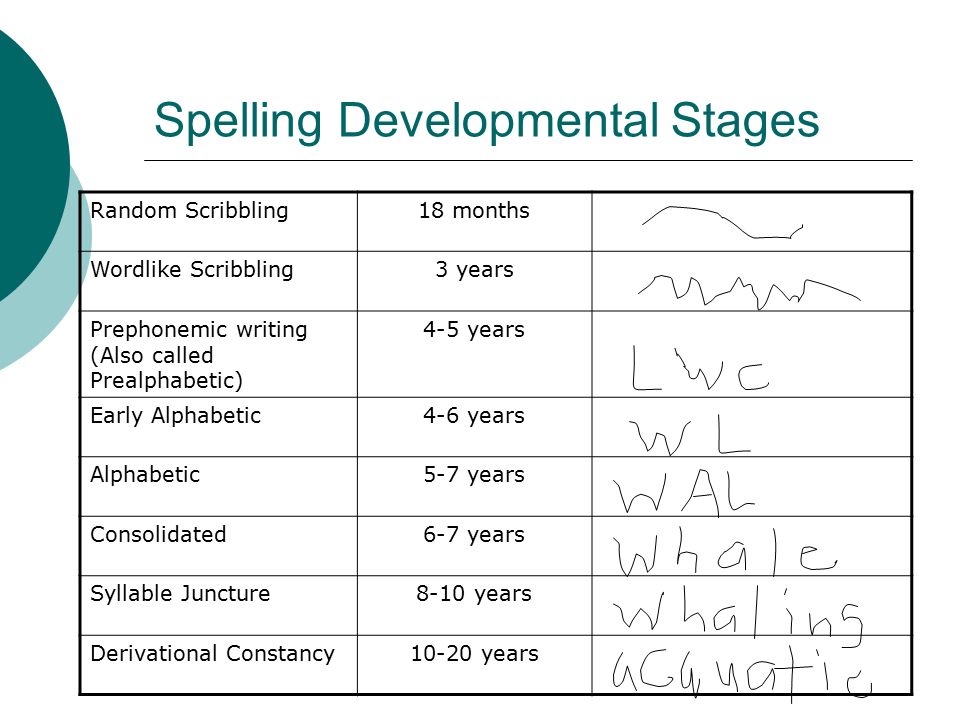 There is a method of ideography, it implements the possibility of transferring concepts that do not exist in the visual display. An example - an image in the form of an eye could mean both an eye and vigilance. Consequently, one and the same image of a pictogram could have two variants of content, in a figurative or direct concept. Other pictograms also had such properties.
There is a method of ideography, it implements the possibility of transferring concepts that do not exist in the visual display. An example - an image in the form of an eye could mean both an eye and vigilance. Consequently, one and the same image of a pictogram could have two variants of content, in a figurative or direct concept. Other pictograms also had such properties.
Hieroglyphic writing.
The system takes its name from the written sign. hieroglyph means carved in stone. This method is distinguished by the presence of a set of common structural elements used in each character. With their help, signs acquire a more specific meaning. Images of signs do not reflect the visual content of the concept. This method is easier to teach, recording has become easier. But the main drawback remained. Hieroglyphs have nothing to do with the pronunciation of the word. Recording and conversation live their own lives, each by itself. To designate syntactic roles, an additional set of notation had to be created.
Syllabary.
The next discovery on the way of the development of writing was the syllabary. This method differs from the previous ones by the presence of connection with pronunciation. Each of the characters denotes the sound of a particular syllable. Alphabet such alphabets contains on average 809 - 120 characters. Many languages of that time come to such a system. Greek writing is based on it, which gave us the Latin alphabet and Cyrillic.
Alphabetical writing.
The final version of the search for a way to store and transmit information was an alphabetic or phonetic letter. It developed a series of signs, called the alphabet, denoting the individual sounds of our pronunciation. The general name of the signs is letters. Letters, like sounds, are written in the sequence of their pronunciation. Thus, at last, a simple system with enormous possibilities for displaying and storing information arose.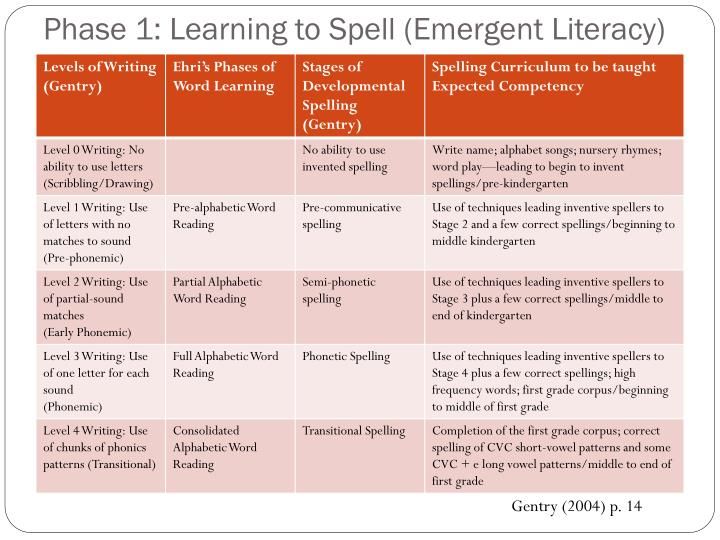 Its main advantage is the ease of learning and use, and further mechanization and automation of the processes of recording, storing and disseminating information.
Its main advantage is the ease of learning and use, and further mechanization and automation of the processes of recording, storing and disseminating information.
Add a comment
68. Main stages in the development of writing
Writing - symbolic system, usually visual, intended for fixation speech for the purpose of its subsequent perception.
People tried to fix thoughts from the ancient times. In the development of writing it is customary to distinguish between the following stages.
Stage 1. Pictographic letter.
View script, the characters of which represent the object depicted by them, i.e. content messages are sent as a picture or sequence of drawings.
The most ancient pictographic writing samples belong to the Paleolithic, at the dawn of writing it was used by a number of cultures: Mesopotamian, Egyptian, Chinese, Aztec. Pictographic letter preserved by a single people - Naxi living in the foothills of Tibet.
Possible assume that this mode of transmission thoughts can be understandable even people who speak different languages.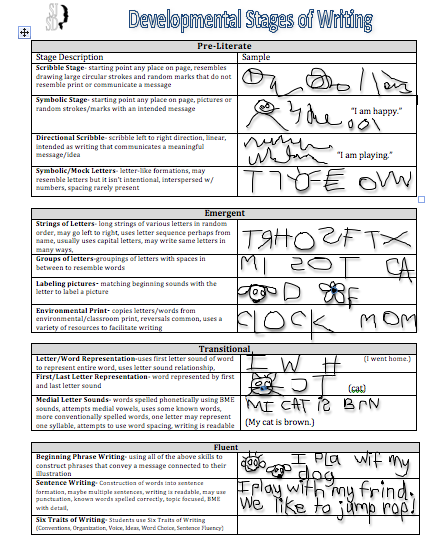 However limitation and ambiguity interpretation of signs leads to the fact that this type of writing needs more in deciphering than in reading. Besides, pictographic writing signs adapted primarily for designations of objects.
However limitation and ambiguity interpretation of signs leads to the fact that this type of writing needs more in deciphering than in reading. Besides, pictographic writing signs adapted primarily for designations of objects.
Stage 2. Ideographic letter.
These reasons explain the movement of pictographic systems towards ideographic writings. This movement is accompanied expanding the meaning of signs, as well as simplification and canonization of each sign.
B ideographic writing signs ( ideograms ) denote idea, concept (unlike pictograms, that represent an object).
Stage 3. Hieroglyphic writing.
Hieroglyph can denote as a word, concept, and a particular sound or syllable.
Example such a letter can serve as a system Egyptian hieroglyphs. It combines ideographic and phonetic writing. used to denote concepts. ideograms gradually canonized in your drawing, but for foreigners words and names the word was divided into parts according to sound, wrote down hieroglyphs one by one others and placed in cartouche .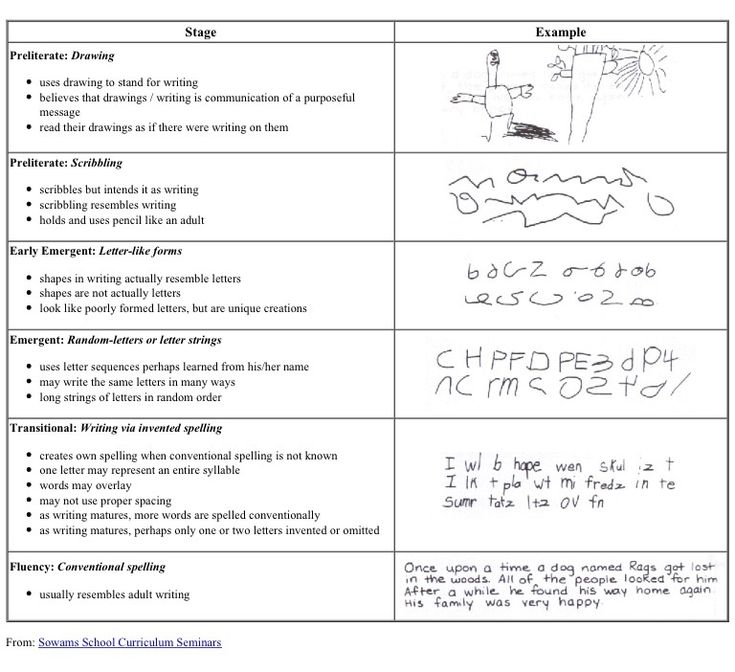
Stage 4. Syllabographic (syllabic) writing.
Like this Thus, a step was taken towards the syllabographic (syllabic) writing, in which the signs denoted syllables. The most famous syllabaries are cuneiform: Sumerian writing and descended from him Old Persian and Akkadian script, as well as West Semitic scripts.
Pictographic Indian letter
Egyptian hieroglyphs. Cartouche
Syllabographic Sumerian writing 3
Stage 5. phonemic writing.
Important played a role in human history Phoenician letter. Taking advantage the discovery of the Egyptians in the area of transition to phonetic writing, the Phoenicians began record the sound with the icon of that word, that started with this sound ( acrophonic principle ).
like this thus there was a transition to a new stage in the development of writing phonemic writing, which each sign denotes a sound, and the creation alphabet.
Phoenician the letter is the first alphabetic writing , and almost all alphabetic the writings of the world have roots precisely in Phoenician writing.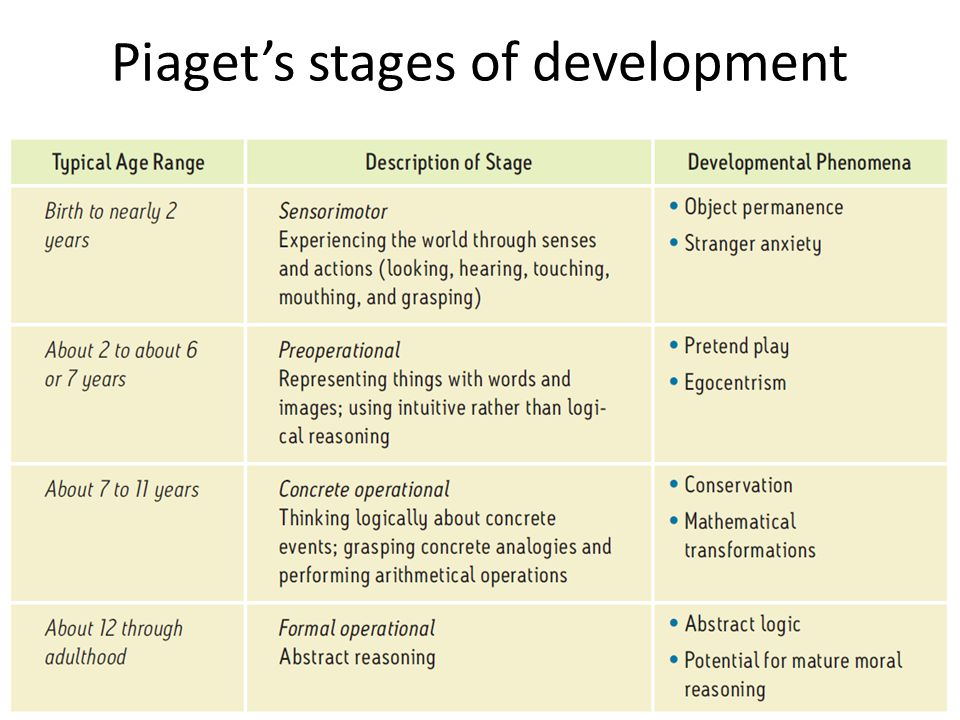
Phoenician writing used consonant principle , those. used to write words only consonants, and the meaning vowels were left to understand reader.
Text written from right to left.
Greek alphabet - alphabet Greek language and other languages of Greek groups. It is continuously used from the end of the 9th or beginning of the 8th century BC. e. Greek alphabet, apparently the first alphabet containing both consonants and and vowels, and using for them separate signs. There are 24 letters in the alphabet. The Greek alphabet served as the basis for which developed many alphabets, widespread in Europe and in the Middle East, and used in majority writing systems countries of the world, including Latin alphabet and cyrillic. In addition to using language to write, letters of the Greek alphabet are used like international symbols in mathematics and other sciences, are used for names of elementary particles, stars and other objects.
For some types of letters of this type characterized by the ability to connect together several signs meaning various syllables, with a change in form original characters.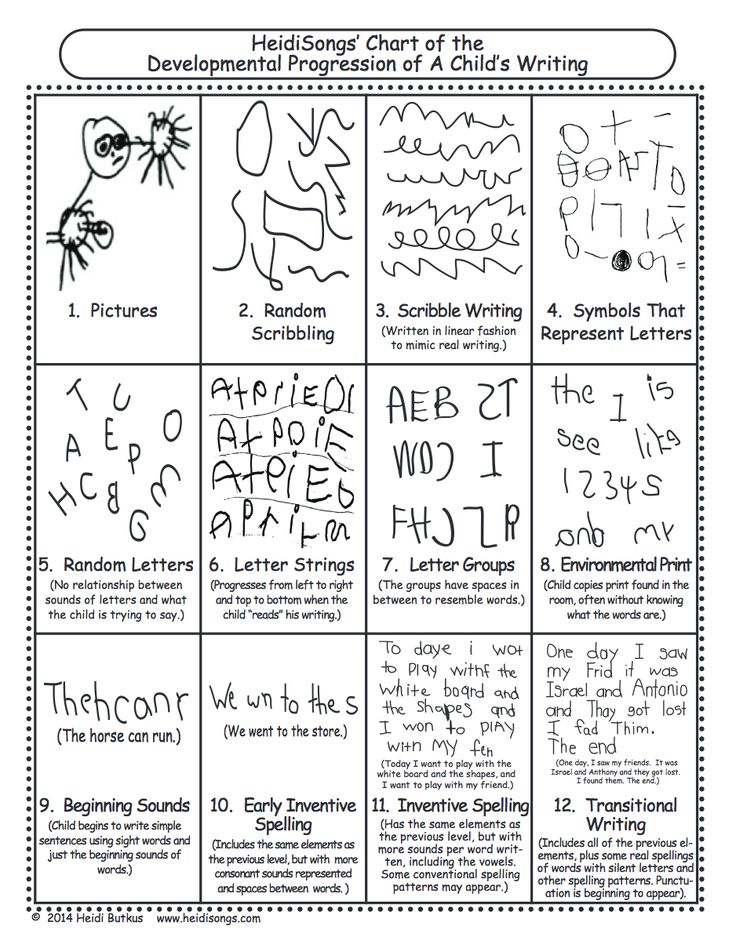 Badge received in the result of such a connection is called ligature. Syllabary writing makes it possible to determine accurately the phonetic composition of a particular language. Since there are many syllables in every language less than concepts, the number of characters less in syllabic writing systems, than in hieroglyphics and fluctuates approximately 100 to 600 characters.
Badge received in the result of such a connection is called ligature. Syllabary writing makes it possible to determine accurately the phonetic composition of a particular language. Since there are many syllables in every language less than concepts, the number of characters less in syllabic writing systems, than in hieroglyphics and fluctuates approximately 100 to 600 characters.
Letter syllabic type common in Eastern Africa, India, South East Asia and Far East. Alphabetical or alphabetic sound writing arose at the end of II millennium BC in Phoenicia, then from all modern alphabets originated from it. In these writing systems, each sign (letter) mostly matches a separate sound (phoneme), although in some cases, the same phoneme is expressed different characters or groups of characters. it most compact and mobile systems graphic fixing sound information.
Alphabetical writing traditionally suggests established order of letters. In alphabets different languages, the number of letters is usually ranges from about 2 tens to fifty, although in some alphabets several forms apply the same sign depending on its position in the word (Arabic, Hebrew) and the general set of signs in this way it turns out more.